Pentas Come of Age
When I was a kid, pentas were too tall to be practical. Oh, they were pretty, but they were gangly and it was hard to work them into nice gardens. It’s been fun to see hybridizers work with them until now they’re some of America’s most widely used garden flowers.
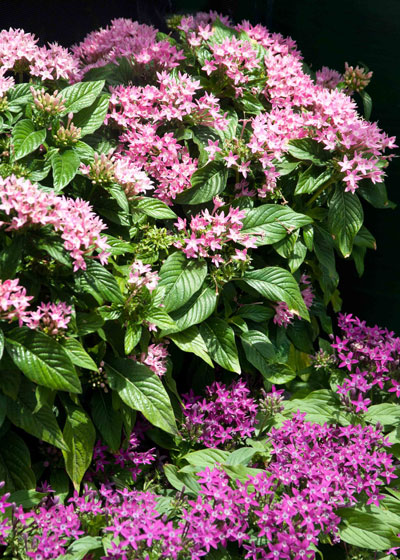
Photo: Two shades of pentas, but more notably, two completely different heights. Older types were tall like these pink forms. Newer pentas are much shorter and more compact.
Here’s what pentas need…
Lighting: Direct sunlight for 6 or more hours per day.
Soil: Well-draining, highly organic. Rototill several inches of different sources of organic matter and 1 inch of expanded shale into the top 10 inches of topsoil.
Moisture: Constantly moist. Not that you want to keep the plants wet all the time, but you certainly don’t want to let them get dry.
Fertility: Fertilized every week or two with high-nitrogen, water-soluble food. A siphoning proportioner is an easy way to deliver it, or you could blend a timed-release plant food into the soil.
Pest problems: I had a hornworm (just one) visit my pentas a couple of years ago. I found a stick, and I moved it to another part of our gardens. Hopefully it was able to find another plant as a food source – just not my pentas.
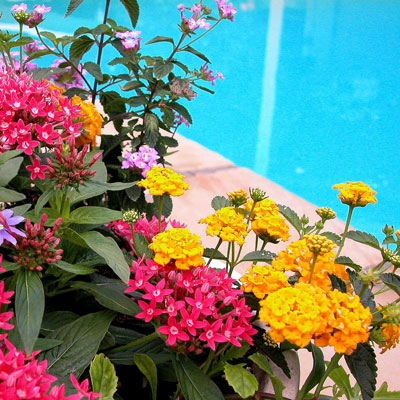
Photo: Pentas combine well with trailing lantana in this sunny poolside garden.
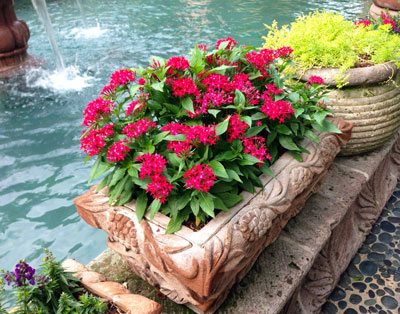
Photo: Deep red pentas contrast handsomely with water in fountain at Joe T. Garcia’s in Fort Worth.
When you grow them in pots…
Things ramp up just a bit when you grow any plant, pentas included, in pots. Nutrients drain away more quickly and the plants tend to dry out more rapidly. They’re incredibly successful in pots, but be prepared to watch them mornings and evenings to tend to their needs.
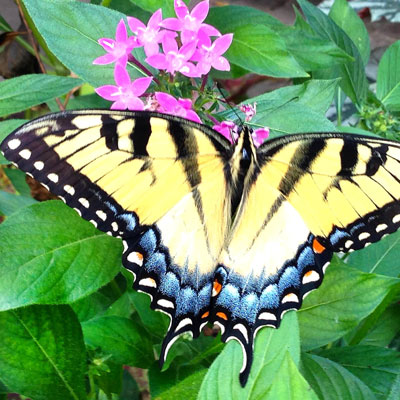
Photo: Bees, butterflies and hummingbirds love pentas’ tubular flowers. All the more reasons to include these plants in your plantings.
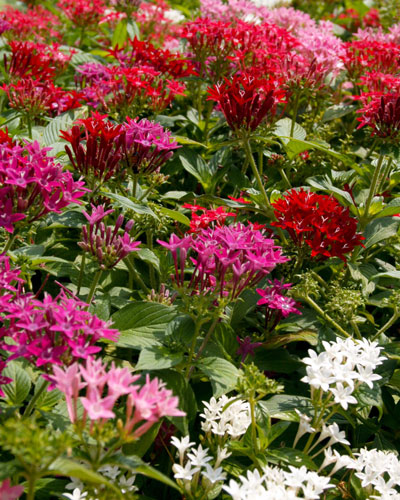
Photo: Nurseries have great supplies of pentas in a wide range of colors currently. Buy pentas in bloom in 4-inch or quart pots, and space them 10 to 12 inches apart, depending on the variety. Buy plants that have been growing in the same amount of sunlight you’ll have for them, and plant them as soon as you get them home.
